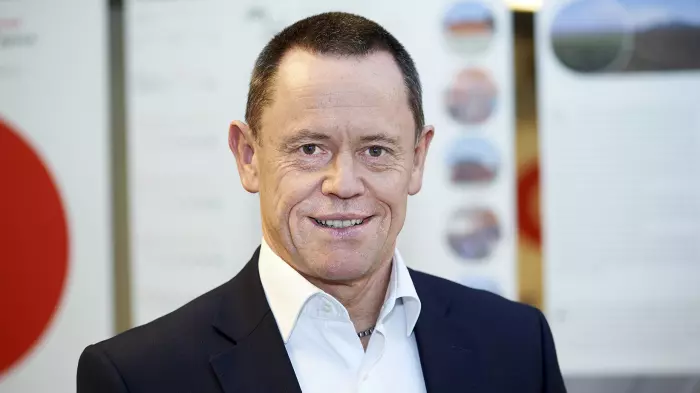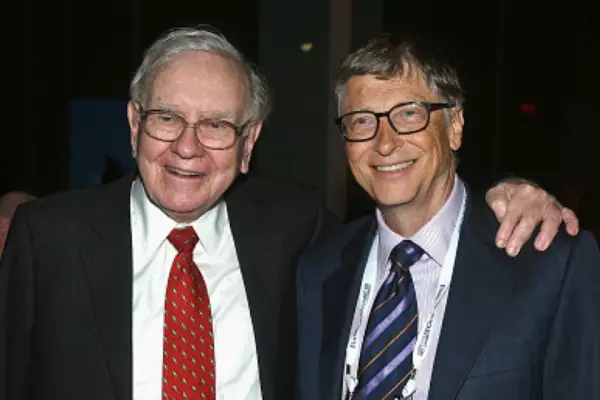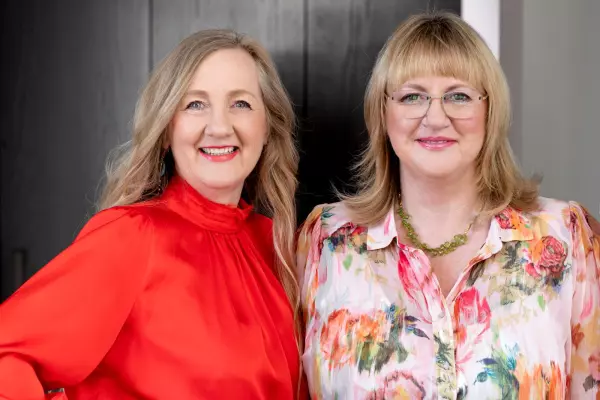Everybody wants to change the world, and any good charity aspires to do just that. But deciding who to give to isn’t easy. Just what makes a good charity? And does it really matter whether every cent goes to the cause?
Kate Frykberg runs charity consultancy Think Tank along with her husband Dave Moskovitz, and is an associate of Māori organisation Tūmanako Consultants. One of her roles is to advise philanthropically-minded people on how to give money away.
When asked to define what makes a “good” charity she offers two principles they should follow. The first is being clear on purpose and values.
"What change in the world do you want to see? What will your organisation do to contribute to that, and how will you go about it?" That will lead to good decision-making, she says.
"My second one would be 'nothing about us without us'." That meant working with the very people a charity is trying to help.
"You're working with Māori, you should have Māori on your board and in your organisation, or you're partnering in some way."
Otherwise, that charity might just be imposing their worldview on other people, she says.
But Frykberg says people shouldn’t over-think donating. “Giving is good and thoughtful giving is better. If we’re lucky enough to live comfortably, we should be sharing what we have, because some people aren’t that lucky.”
Setting standards
 Fundraising Institute CEO Michelle Berriman.
Fundraising Institute CEO Michelle Berriman.The Fundraising Institute of New Zealand (FINZ) promotes professional standards, ethics and training for the charity sector. About 400 organisations belong to the institute, among them charities, donors and fundraisers, along with the 2,500 or so people within those organisations.
FINZ chief executive Michelle Berriman says good charities put donors and beneficiaries first. FINZ members were a good bet as they had to follow the institute's code of ethics and professional conduct.
“Everyone’s biggest asset is our donors. And your purpose is your beneficiaries.”
In times of crisis people needed to give as much as they could, Berriman says.
“Some people still see fundraising as peripheral, or even potentially irritating and superficial. But what we want them to do is realise that generous, selfless giving is really good for you. It’s good for your mental wellbeing.”
FINZ members are expected to act with honesty, respect, integrity and empathy. The institute's ethics code says members must always be transparent about why funds are being sought, and clearly disclose fundraising costs and expenses.
Do overheads matter?
Bridget Frame is a community funding researcher and runs Delfi, an online information hub intended as a TripAdvisor for charities. Her overarching goal is to change the system and drive out some of the costs for charities, such as in securing grants.
“The idea was that it would cast a little bit of sunlight on the sector,” she says. “I’m interested in the grant-making ecosystem: where money comes from, where it goes to, and how it gets there,” she says.
A look at some of the case studies on the Delfi website highlights a common issue of transparency. Annual accounts can be so highly summarised that it's difficult to work out what a charity is doing, Frame says
In reducing costs, collaboration between charities can help, but some charities should think about merging or even calling time on their operations, she says.
“I remember looking at a charity once when they had one full-time employee and two social workers, and the FTE was looking for grants to pay for those two part-time social workers.
"It’s that sort of ridiculous situation that I think the lack of collaboration and amalgamation has got us into,” Frame says.
Frykberg says a charity's overheads do matter, but not in absolute dollar terms, and it was possible to have overheads that were too low. She gives a theoretical example of a charity that employs people part-time, but who end up working 60 hours a week, or who don't have the tools to work effectively.
"It's about having overheads that are fit for purpose. On the other hand, if you've got lavish offices and huge marketing budgets then that's too-high overheads."
Berriman says the debate over fundraising costs never goes away. “It’s the same rhetoric over and over. A lot of organisations in NZ were set up 40 years ago by volunteers in the community and the idea that 100% of money raised goes to the beneficiaries.”
Beyond overheads, charities had unavoidable costs to pay for infrastructure and legal compliance, she says. FINZ members were sometimes reluctant to take part in the organisation’s events because they didn’t want to divert donors’ money away from their core business.
But Berriman thought most New Zealanders would be comfortable spending five cents in the dollar towards educating people in the charity sector.
Anyone who wants to can look at financial reports on the Charity Services website, but Berriman says most people aren’t interested. “It’s about storytelling, it’s about inspiring. It’s about reminding the donor of the impact they’re making.”
Branding and donating
Frame says Delphi aimed to help people make informed decisions about charities, and where their money was going. “I think we often make our charitable investments, and I call them investments deliberately, on the basis of brand, the person in front of you.”
That gives big charities a clear advantage, along with that person standing in the street, including the so-called “charity muggers”. Frame says donors should look, as much as possible, at how well a charity delivers on its stated purpose.
Frykberg is also wary of in-your-face appeals and says it’s better to go and donate directly to the organisation.
“I would not give too much to people who are trying to sign me up on the street or phoning doing the telemarketing, because my understanding is that a very significant portion of those funds go to a commercial organisation.”
It was understandable that organisations went down that path because it was, “sadly", effective, she said.
Berriman does not want to offer a personal opinion on “chuggers” and telemarketers, but says they do provide a channel to donate – one of many – and they do bring in a huge amount of money.
That personal interaction on the street, particularly with younger people, could lead to a lifelong relationship with a charity.
“A good charity will look after that donor and take them on that journey with them and, ultimately, they leave a gift in their will to that charity.”
Middle-class capture
Frame says one problem with the charity sector is ‘middle-class capture’. With one of the gaming trusts, most of the organisations it funded weren’t the ones most in need of that funding. Instead, they were the ones with the time and the connections to put in funding applications.
There were trade-offs when that happened, Frame says.
“[Organisations] don’t think, ‘Well, hang on, someone else would have applied for that, and that could have saved a life'.”
it's a paradox, she says: “If you have money to spare then almost inevitably, you’re not going to be very well connected with communities that don’t have money to spare.”
Perhaps her earlier point about “nothing about us without us” shows a way beyond that paradox.
The FINZ professional conduct standards include prohibitions on undermining dignity or privacy, and against producing promotional material that is derogatory. Berriman recalls the images of 40 years ago during the Live Aid response to famine in Ethiopia.
"At the time, it was the white saviour holding the black baby with no food in Africa. It was relevant and nobody objected to that. But that is not OK anymore."
Giving time
There's one alternative to giving money – and that's time. That may be more of a commitment, but the same rules apply in picking a charity. Frykberg says organisations such as Volunteering NZ can help match people with organisations.
Frame says it's about matching one's skills and values.
"You also have to be honest with yourself around what you are looking to get out of the volunteering. It can be notoriously complicated to be a part of a volunteer base, and it can also be tricky for a charity to manage volunteers."
With an almost overwhelming choice of charities, Frykberg suggests a thought experiment: "Imagine you have a magic wand with which you can make one change in the world. What would your first choice be?
"If we are clear about the change we want to contribute to, then we can do the research and align most of our giving and volunteering around that cause."















